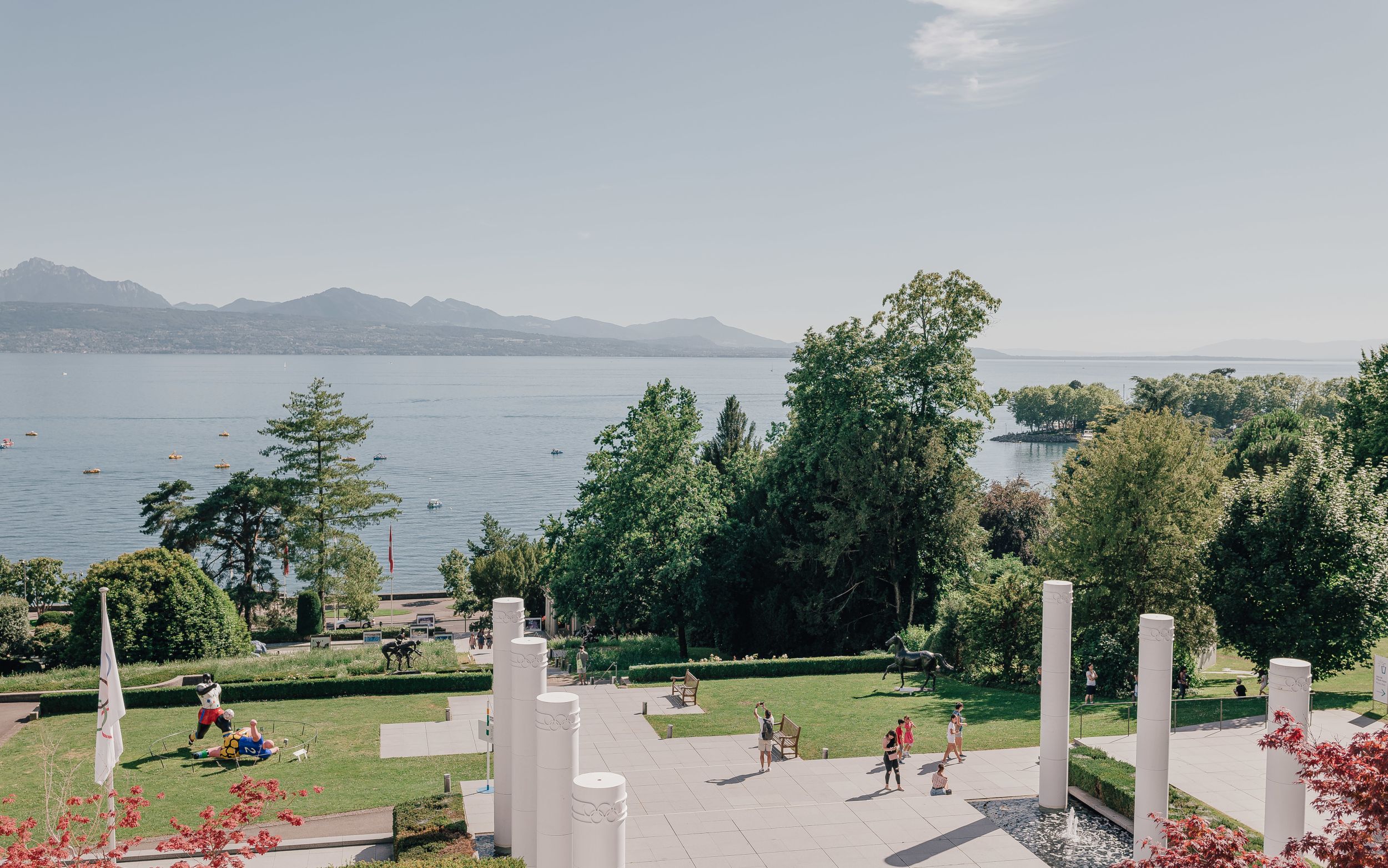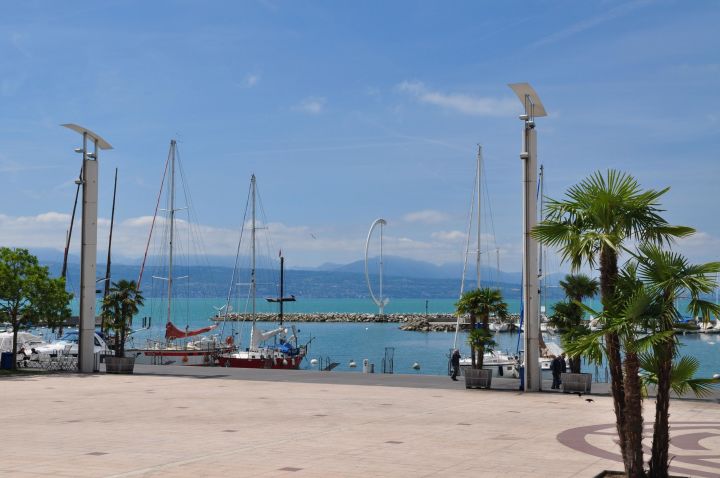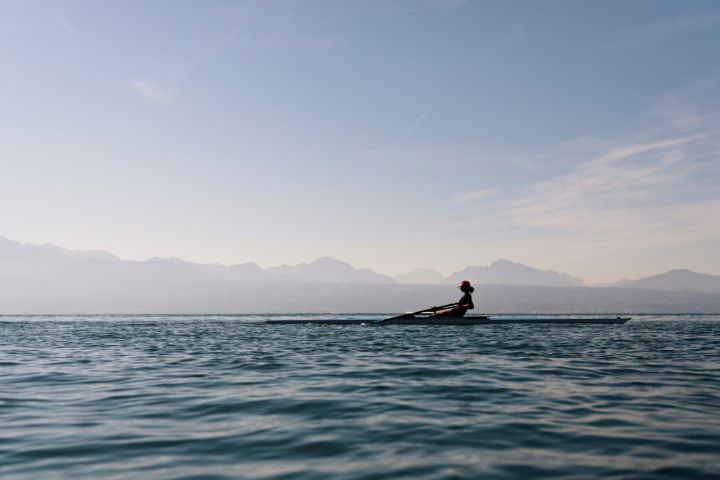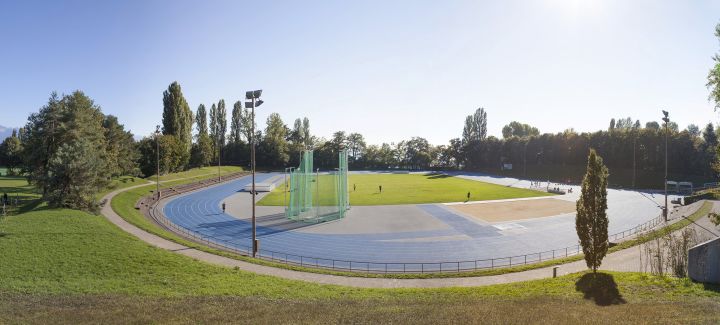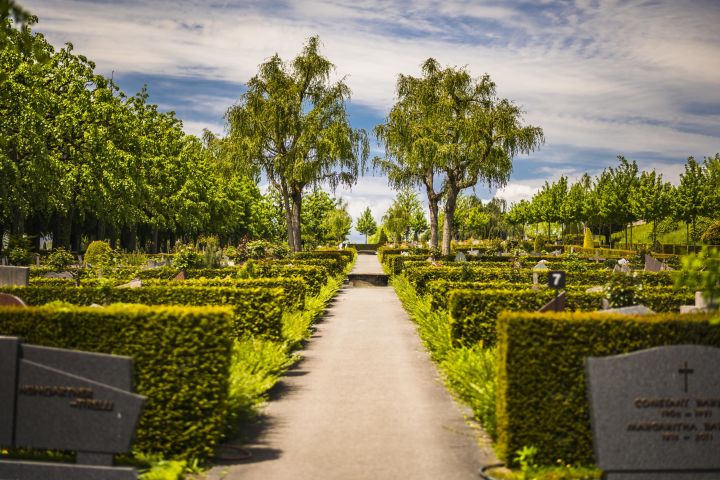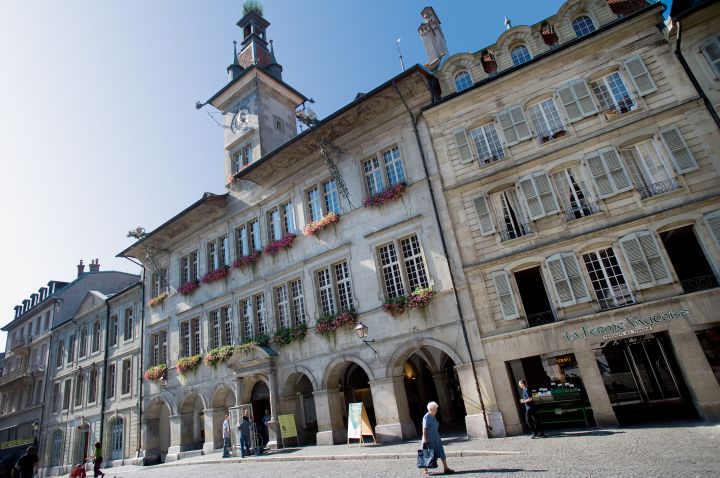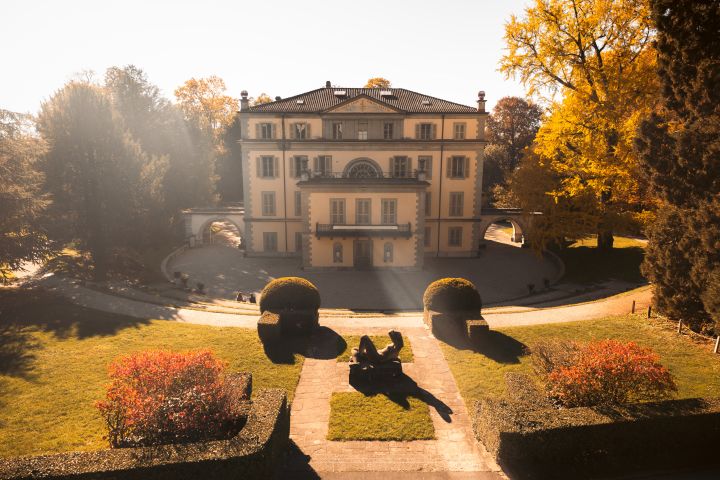Olympism will find, in the independent and proud atmosphere we breathe in Lausanne, the pledge of freedom it needs to progress.
With these words, spoken in 1915 at an official reception at the Hôtel de Ville, Pierre de Coubertin announced the establishment of the International Olympic Committee (IOC) in Lausanne. Since then, the Olympic Games have been everywhere! Nestling in the heart of a superb park overlooking the lake, the emblematic Olympic Museum showcases the highlights of sport and the artefacts of the Games, reminding us of the IOC's unwavering commitment to popular and competitive sport. This dynamism is a major factor in Lausanne's reputation in the international sporting arena.
Many European and world championships have been held here for decades, in disciplines as diverse as curling, gymnastics, badminton and figure skating. The IOC's activities have also attracted some fifteen international sports federations and other leading sporting bodies.
-
Founded by the IOC over 30 years ago in an exceptional setting, the Olympic Museum showcases the pillars of Olympism - sport, art and culture - in modern, interactive facilities.
-
This is the name given to part of the Place de la Navigation, inaugurated in May 1995. As a tribute to the visionary guardian of the Olympic Games, this vast entertainment and relaxation area opens onto the marina.
-
Did you know that Baron de Coubertin regularly enjoyed rowing? Rowing is also one of the many sports practised in Lausanne, and it has to be said that the Club de Vidy offers enthusiasts a truly idyllic setting.
-
Witness to the first Athletissima events in 1977, the Stade Pierre-de-Coubertin - located in the Vidy district and named after the founder of the Olympic Games - boasts a 400-metre athletics track.
-
With its long central avenue lined with a double row of lime trees, flower beds, water lily ponds and benches for admiring the view, the Bois-de-Vaux is Pierre de Coubertin's final resting place. It is one of the few cemeteries of its size (26,000 plots) to boast such charm.
-
Dominating the picturesque Place de la Palud with its belfry, the imposing building of the Hôtel de Ville hosted the ceremony for the transfer of the IOC in 1915, in the presence of Coubertin and Blonay. It still houses part of the municipal administration.
-
In 1913, the Palais de Rumine hosted the 5th Olympic Congress on Sports Psychology and Physiology. Today, the building houses the cantonal museums of geology, zoology, archaeology and history, the cantonal monetary museum and the cantonal and university library.
-
Coubertin stayed here just after his arrival in Lausanne. The Villa then became the headquarters and archives of the IOC, as well as the first Olympic Museum. Today it houses the City's reception rooms.




